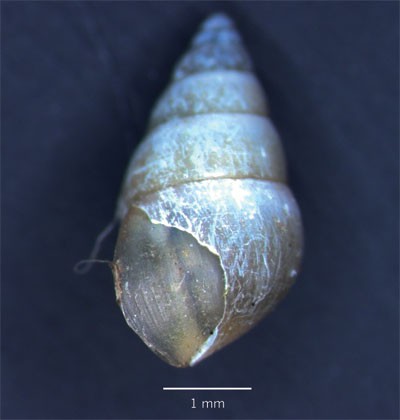
Jonah and the waterfowl | Nature
- Select a language for the TTS:
- UK English Female
- UK English Male
- US English Female
- US English Male
- Australian Female
- Australian Male
- Language selected: (auto detect) - EN
Play all audios:
Tiny sea snails can survive a voyage through a duck's gizzard — where prey are typically crushed to death — only a little the worse for wear. Gerhard Cadée at the Royal Netherlands
Institute for Sea Research in Texel sifted through the faeces of shelducks, _Tadorna tadorna_, for shells of the snail _Hydrobia ulvae_ (PICTURED). Snails that suffered only minor damage
quickly repaired their gashes after Cadée placed them in a laboratory aquarium. The creatures developed scars on their shells that resembled marks left by certain predators that had tried
and failed to eat them. Between 2.8% and 41.8% of the _H. ulvae_ shells collected at 11 sites along the Wadden Sea bore repair scars. Such wide variation may complicate efforts to relate the
frequency of scars in fossilized shells to levels of predation, Cadée says. Credit: M. MULDER/R. NETHERLANDS INST. SEA RES. _Palaios_ 26, 245–249 (2011) RIGHTS AND PERMISSIONS Reprints and
permissions ABOUT THIS ARTICLE CITE THIS ARTICLE Jonah and the waterfowl. _Nature_ 472, 262 (2011). https://doi.org/10.1038/472262a Download citation * Published: 20 April 2011 * Issue Date:
21 April 2011 * DOI: https://doi.org/10.1038/472262a SHARE THIS ARTICLE Anyone you share the following link with will be able to read this content: Get shareable link Sorry, a shareable
link is not currently available for this article. Copy to clipboard Provided by the Springer Nature SharedIt content-sharing initiative